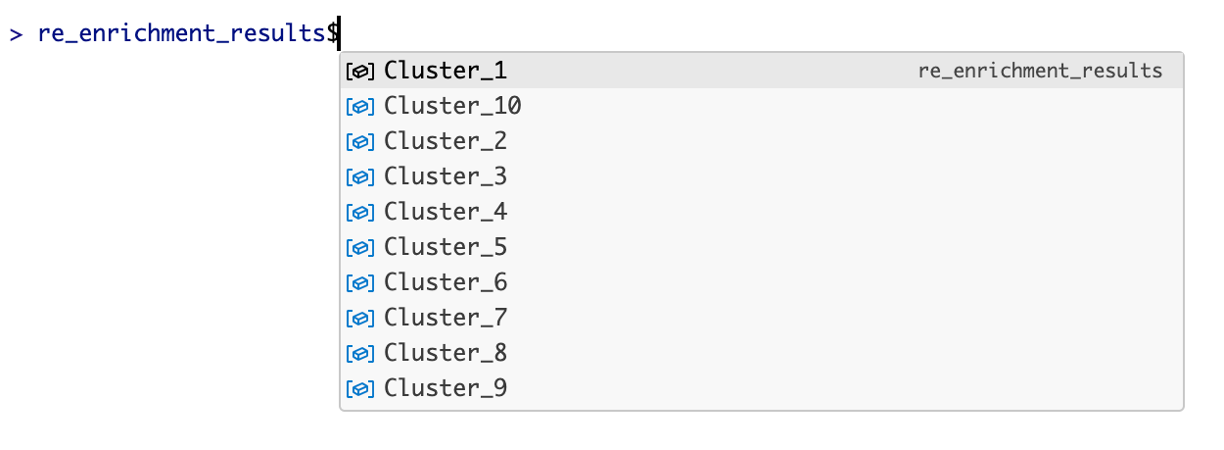• Candidate genes includes AKR1B1, ALK, ANKH, APLP1, APOE, ATP1A2, ATP8B3,
BCAN, C4BPB, CA2, CAMK2B, CDC20, CIART, CNTN2, CNTNAP2, COL1A1, CRYAB, CTNNA2,
DLX5, DPP4, DPYSL5, DSCAM, ENPP1, EPHA10, FOLR2, FOXD1, FOXS1, FSTL4, GAD1,
GAP43, GPR37, GPX1, GRID2, GRIN2A, GRIN2D, GRM1, GRM5, HBA1, HBA2, HBB, HCN1,
HCN2, HMOX1, IGSF9, KIAA1755, KIF5C, MAG, MAP1B, MB, MEGF10, NKX6-1, NLGN1,
NQO1, NRCAM, NRXN1, NTRK2, OPCML, PPP1R1B, RAC3, RASD2, RYR1, SDC1, SEMA5B,
SEZ6L2, SLC5A5, SLC6A1, SLC6A3, SOX8, SRD5A1, STAC2, STRA6, TDRD5, TFCP2L1,
TNNT1, TREM2, TRPM2, UCHL1, UNC13A, UNC13C, VGF, WNT5A, ZAN, ZIC1 (We will
print all genes. Please stroll to top to read)

